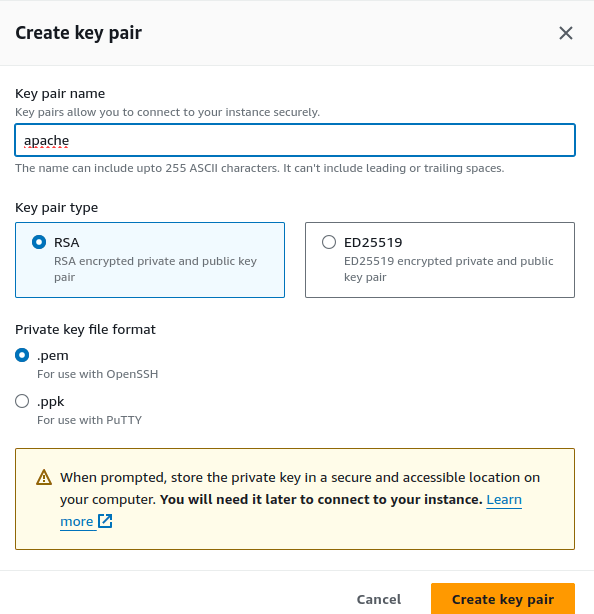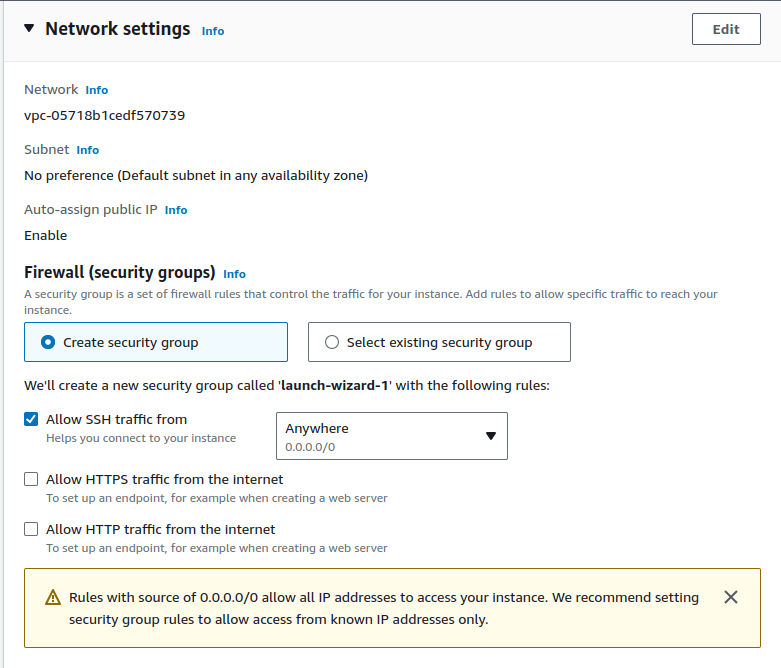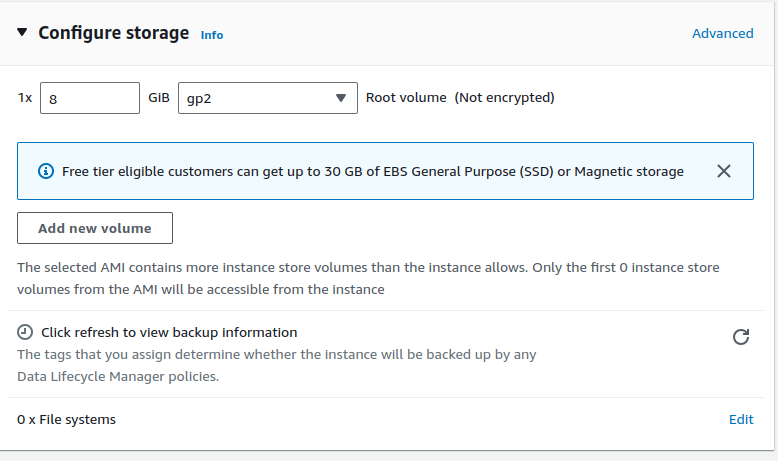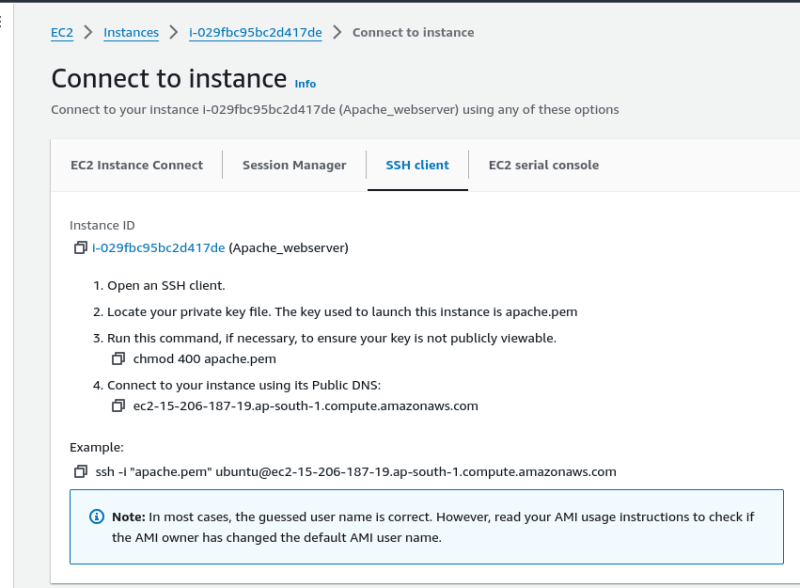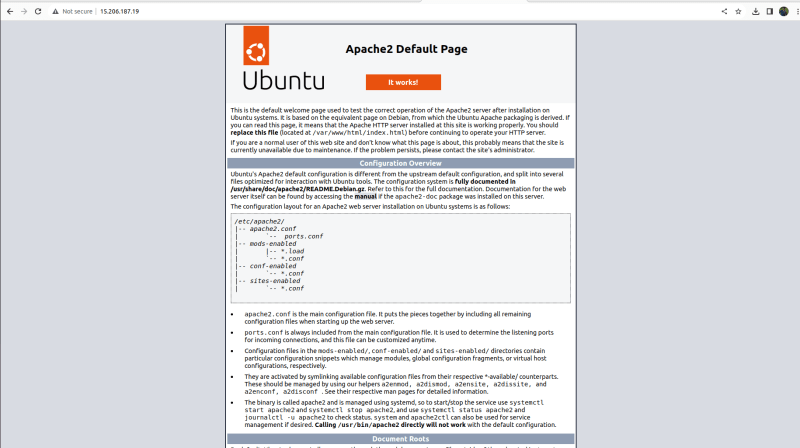Create a traget machine to install Mysql server
Here I have created a MySQL target machine using VM (ubuntu 22.04)
Lets Install Mysql server
apt update
apt install mysql-server
systemctl start mysql
systemctl enable mysql
systemctl status mysql
Add prometheus user in prometheus group
useradd --no-create-home --shell /bin/false prometheus
groupadd --system prometheus
useradd -s /sbin/nologin --system -g prometheus prometheus
- Downloading latest Mysqld-exporter
curl -s https://api.github.com/repos/prometheus/mysqld_exporter/releases/latest | grep browser_download_url | grep linux-amd64 | cut -d '"' -f 4 | wget -qi -
- Extract the downloaded file
tar xvf mysqld_exporter*.tar.gz
root@mysql-2:~# tar xvf mysqld_exporter*.tar.gz
mysqld_exporter-0.15.0.linux-amd64/
mysqld_exporter-0.15.0.linux-amd64/mysqld_exporter
mysqld_exporter-0.15.0.linux-amd64/NOTICE
mysqld_exporter-0.15.0.linux-amd64/LICENSE
Move the mysqld-exporter to /usr/local/bin
mv mysqld_exporter-*.linux-amd64/mysqld_exporter /usr/local/bin/
- giving permission to mysqld-exporter
chmod +x /usr/local/bin/mysqld_exporter
- verify the mysqld-exporter version
mysqld_exporter --version
root@mysql-2:~# mysqld_exporter --version
mysqld_exporter, version 0.15.0 (branch: HEAD, revision: 6ca2a42f97f3403c7788ff4f374430aa267a6b6b)
build user: root@c4fca471a5b1
build date: 20230624-04:09:04
go version: go1.20.5
platform: linux/amd64
tags: netgo
- Creating MySQL user and DB for mysqld-exporter
CREATE USER 'mysqld_exporter'@'localhost' IDENTIFIED BY 'StrongPassword';
GRANT PROCESS, REPLICATION CLIENT, SELECT ON *.* TO 'mysqld_exporter'@'localhost';
root@mysql-2:~# mysql -u root -p
Enter password:
Welcome to the MySQL monitor. Commands end with ; or \g.
Your MySQL connection id is 8
Server version: 8.0.35-0ubuntu0.22.04.1 (Ubuntu)
Copyright (c) 2000, 2023, Oracle and/or its affiliates.
Oracle is a registered trademark of Oracle Corporation and/or its
affiliates. Other names may be trademarks of their respective
owners.
Type 'help;' or '\h' for help. Type '\c' to clear the current input statement.
mysql> CREATE USER 'mysqld_exporter'@'localhost' IDENTIFIED BY 'password';
Query OK, 0 rows affected (0.02 sec)
mysql> GRANT PROCESS, REPLICATION CLIENT, SELECT ON *.* TO 'mysqld_exporter'@'localhost';
Query OK, 0 rows affected (0.01 sec)
mysql> FLUSH PRIVILEGES;
Query OK, 0 rows affected (0.01 sec)
mysql> EXIT
Bye
- Configure MySQL DB credentials
vim /etc/.mysqld_exporter.cnf
root@mysql-2:~# cat /etc/.mysqld_exporter.cnf
[client]
user=mysqld_exporter
password=******
chown root:prometheus /etc/.mysqld_exporter.cnf
- Create systemmd unit file
vim /etc/systemd/system/mysql_exporter.service
root@mysql-2:~# cat /etc/systemd/system/mysql_exporter.service
[Unit]
Description=Prometheus MySQL Exporter
After=network.target
User=prometheus
Group=prometheus
[Service]
Type=simple
Restart=always
ExecStart=/usr/local/bin/mysqld_exporter \
--config.my-cnf /etc/.mysqld_exporter.cnf \
--collect.global_status \
--collect.info_schema.innodb_metrics \
--collect.auto_increment.columns \
--collect.info_schema.processlist \
--collect.binlog_size \
--collect.info_schema.tablestats \
--collect.global_variables \
--collect.info_schema.query_response_time \
--collect.info_schema.userstats \
--collect.info_schema.tables \
--collect.perf_schema.tablelocks \
--collect.perf_schema.file_events \
--collect.perf_schema.eventswaits \
--collect.perf_schema.indexiowaits \
--collect.perf_schema.tableiowaits \
--collect.slave_status \
--web.listen-address=0.0.0.0:9104
[Install]
WantedBy=multi-user.target
- Reload the daemon and start,enable,status of the service
systemctl daemon-reload
systemctl enable mysql_exporter
systemctl start mysql_exporter
systemctl status mysql_exporter
Already we have created a prometheus server machine and done with the installation of(prometheus,grafana,alertmanager,node-exporter)
Adding scrape config file to communicate with db
vim /etc/prometheus/prometheus.yml
- job_name: 'server1_db'
scrape_interval: 5s
static_configs:
- targets: ['server_ip:9104']
root@prometheus-2:~# cat etc/prometheus/prometheus.yml
cat: etc/prometheus/prometheus.yml: No such file or directory
root@prometheus-2:~# cat /etc/prometheus/prometheus.yml
global:
scrape_interval: 10s
scrape_configs:
- job_name: 'prometheus'
scrape_interval: 5s
static_configs:
- targets: ['localhost:9090']
- job_name: 'prometheus_server'
scrape_interval: 5s
static_configs:
- targets: ['192.168.122.138:9100']
- job_name: 'server1_db'
scrape_interval: 5s
static_configs:
- targets: ['192.168.122.137:9104']
- Adding Alert rules for msqld-exporter
vim /etc/prometheus/rules/alert-rules.yml
alertmanager rules:
- alert: MysqlDown
expr: mysql_up == 0
for: 2m
labels:
severity: critical
annotations:
summary: MySQL down (instance {{ $labels.instance }})
description: "MySQL instance is down on {{ $labels.instance }}\n VALUE = {{ $value }}\n LABELS = {{ $labels }}"
- Restart and verify the status of all services (prometheus,grafana,node_exporter,alertmanager)
systemctl restart prometheus
systemctl status prometheus
systemctl restart grafana
systemctl status grafana
systemctl restart node_exporter
systemctl status node_exporter
systemctl restart alertmanager
systemctl status alertmanager
[(https://github.com/prometheus/mysqld_exporter/blob/main/mysqld-mixin/dashboards/mysql-overview.json#L3)]
- Copy the mysql-overview.jason file from the above link and paste under "import via dashboard JASON model"

- Name the Dashboard and keep time sync "every 5 minutes"
and the save the dashboard.

Now we able to Monitor the MySQL DB using Prometheus-Grafana/mysqld-exporter.





















































































































































































